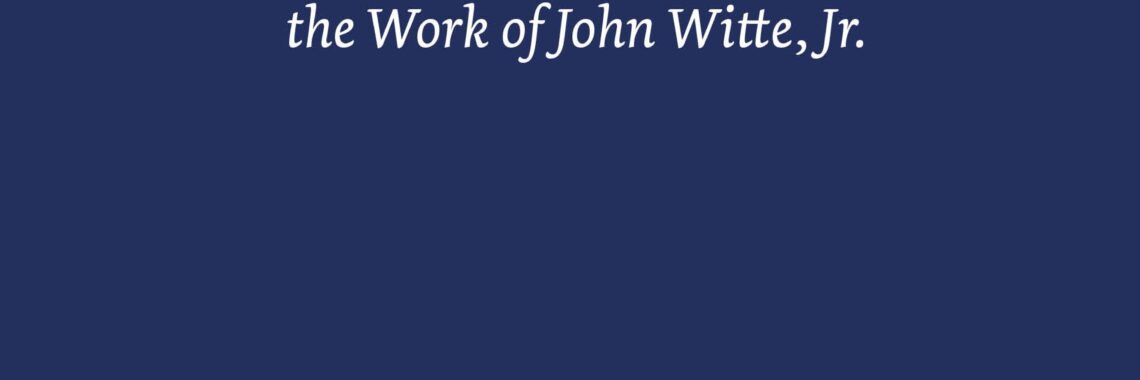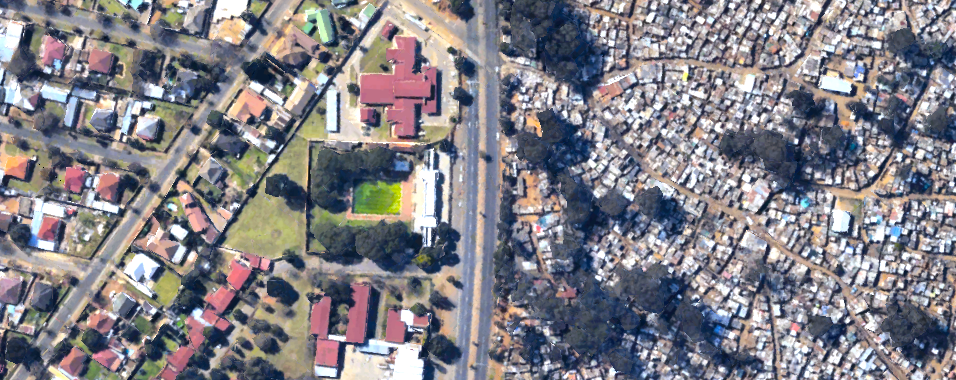“U.S. Refugee and Immigration Policies: the Wages of Cruelty and Indifference” by Donald Kerwin
The President and First Lady Meet with His Holiness Pope Francis at the Vatican by Shealah Craighead (CC BY 3.0 US) This article is part of our series on Law, Religion, and Immigration. If you’d like to explore other articles in this series, click here. This paper examines U.S. humanitarian, refugee, and immigration policies in light of…










